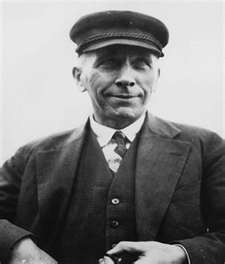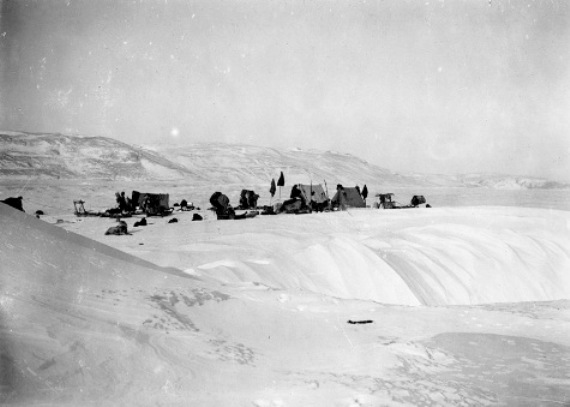Alfred Wegener Biography
The Sciences

Alfred Lothar Wegener was born on November 1, 1880 in Berlin, Germany to Richard and Anna Wegener; whom also had his brother Kurt and his sister Tony. In 1904, he earned a PhD in Astronomy from the University of Berlin. In 1913, he married Elsa Köppen, the daughter of famous meteorologist, W.P. Köppen. Alfred and Elsa had a daughter whom they named Elsa. In 1914, only one year after the marriage, he was drafted into a combat unit of the German Army during World War I; soon after, he was wounded and served out the remainder of WWI in the Army Weather Forecasting Service. After the war, in 1924 Wegener became a professor of meteorology and geophysics at the University of Graz, in Austria.
Although his doctorate is in astronomy, Wegener contributed many important ideas to geology and meteorology. He did much of his research in the arctic; where he learned to ski. During his last Greenland expedition the 2 man crew at Eismitte ("mid-ice") radioed that they needed supplies to complete their study. So Wegener set out from the west base camp with 15 other men and supplies on dog sleds to resupply them. The weather was so severe that meteorologist Fritz Loewe’s toes became so badly frostbitten they had to be amputated with a penknife without anesthetic. Twelve of the men turned back leaving Wegener and two others to take only enough supplies for three to Eismitte. When they finally reached Eismitte, Wegener and his assistant Rasmus Villumsen left the supplies with the third man and the two others already stationed there and made for West camp. They never reached returned.

Six months later on May 12, 1931, Wegener's body was found halfway between Eismitte and West camp in a grave site marked with a pair of skis. After burying Wegener, 23-year-old Villumsen most likely continued on towards West camp, but was never seen again. Wegener's remains were reburied in the same spot and marked with a large cross where he still rest today.